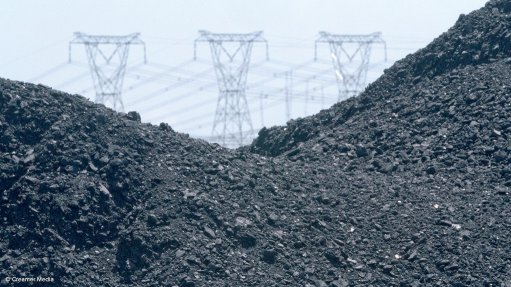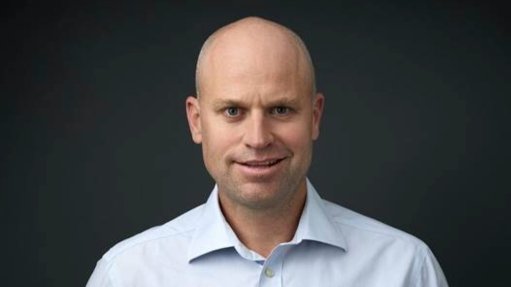The dinosaur falls – Part 2
In my last column, I wrote that State-owned electricity utility Eskom has been most comprehensively messed up. A combination of black economic empowerment, government incompetence, employee incompetence, overemployment, theft and corruption and renewable energy have all combined to bring the dinosaur down.
I left Eskom in 1989. I had worked as a senior engineer for operations. It was a fabulous job. Power systems were well maintained. Long outages were unheard of. If people did step out of line (as in theft, misuse, embezzlement), they were swiftly dealt with: charged, plea-bargained, fired, forgotten, pension confiscated. Virtually no cases went to the High Court.
But, in 2005, Eskom was running out of generation capacity. And, in a further triumph, Eskom agreed to allocate a large chunk of power (about 1 000 MW) to aluminum smelters in Richards Bay at a cut price. Government did absolutely nothing. Rolling blackouts started in 2008. “Eskom was right and government was wrong,” former President Thabo Mbeki said at a fundraising dinner for the governing African National Congress (ANC) in Bloemfontein, after indicating that government had been asked specifically by Eskom earlier to invest more in electricity to keep pace with the country’s economic growth. In 2009, South Africa had a new President, Jacob Zuma. During his term, Eskom was driven to the point of extinction, where it currently hovers.
In 2007, Eskom announced that it would build a power station – Medupi, in Limpopo. The initially expected cost was R80-billion. This was revised to R180-billion. In the interim, the ANC bought a 25% stake in Hitachi, which was promptly given the contracts for the Medupi boilers. There is a long saga to this, but in the end the boilers were no good. The boiler software was subcontracted to Alstom, which could not get it right – it failed Eskom acceptance tests three times. Finally, Siemens was given the software contract. All would have been better if Eskom had given the boiler business to Steinmüller. But, given the ANC connection, it did not.
From 2010 to 2013, Brian Dames was Eskom CEO. Eskom made a R12.5-billion profit in 2013. But Dames resigned, citing “personal reasons”. It is quite likely that he did not want to be part of what was becoming an increasingly corrupt organisation.
After Dames came Matshediso Matona and then Brian Mofele. Matona knew nothing about running a power utility and soon left. Molefe stepped down as CEO after allegations that he was involved in State capture. In the meantime, corruption became rife in Eskom. Coal contracts where coal had been delivered by overland conveyer were suspended. The contracts were awarded to trucking companies that routinely arrived at the power station, signed in, were given a receipt for coal delivered and then drove out, still with a full load of coal, to sell to others.
Coal stocks at a number of Eskom stations dwindled. Eskom was forced to run gas turbines to make up the shortfall and these cost a fortune in diesel. Eskom ringingly announced that it was using R100-million worth of diesel a day for gas turbines – one could calculate that it was impossible, without a pipeline, to deliver such a quantity without creating a traffic jam from Cape Town to Atlantis. It was the coal story but in liquid form.
And then Eskom senior staff found that they could employ staff almost willy-nilly.
A World Bank study in 2016 found that Eskom pays workers more than double the norm in 35 other countries on the continent, and that Eskom is potentially 66% overstaffed.
There is another penalty that Eskom pays by using renewable energy, but we will keep that for another day.
The Kusile power station is under construction and is on the same financial track as Medupi. Fortunately, without Hitachi.
The simple answer is that Eskom has been and is being sunk by corruption, construction costs, corrupt management and stupidity. But there is a light: it seems government is now less corrupt, as is Eskom. And Jan Oberholtzer is running the power system and doing a good job.
Article Enquiry
Email Article
Save Article
Feedback
To advertise email advertising@creamermedia.co.za or click here
Comments
Press Office
Announcements
What's On
Subscribe to improve your user experience...
Option 1 (equivalent of R125 a month):
Receive a weekly copy of Creamer Media's Engineering News & Mining Weekly magazine
(print copy for those in South Africa and e-magazine for those outside of South Africa)
Receive daily email newsletters
Access to full search results
Access archive of magazine back copies
Access to Projects in Progress
Access to ONE Research Report of your choice in PDF format
Option 2 (equivalent of R375 a month):
All benefits from Option 1
PLUS
Access to Creamer Media's Research Channel Africa for ALL Research Reports, in PDF format, on various industrial and mining sectors
including Electricity; Water; Energy Transition; Hydrogen; Roads, Rail and Ports; Coal; Gold; Platinum; Battery Metals; etc.
Already a subscriber?
Forgotten your password?
Receive weekly copy of Creamer Media's Engineering News & Mining Weekly magazine (print copy for those in South Africa and e-magazine for those outside of South Africa)
➕
Recieve daily email newsletters
➕
Access to full search results
➕
Access archive of magazine back copies
➕
Access to Projects in Progress
➕
Access to ONE Research Report of your choice in PDF format
RESEARCH CHANNEL AFRICA
R4500 (equivalent of R375 a month)
SUBSCRIBEAll benefits from Option 1
➕
Access to Creamer Media's Research Channel Africa for ALL Research Reports on various industrial and mining sectors, in PDF format, including on:
Electricity
➕
Water
➕
Energy Transition
➕
Hydrogen
➕
Roads, Rail and Ports
➕
Coal
➕
Gold
➕
Platinum
➕
Battery Metals
➕
etc.
Receive all benefits from Option 1 or Option 2 delivered to numerous people at your company
➕
Multiple User names and Passwords for simultaneous log-ins
➕
Intranet integration access to all in your organisation


















